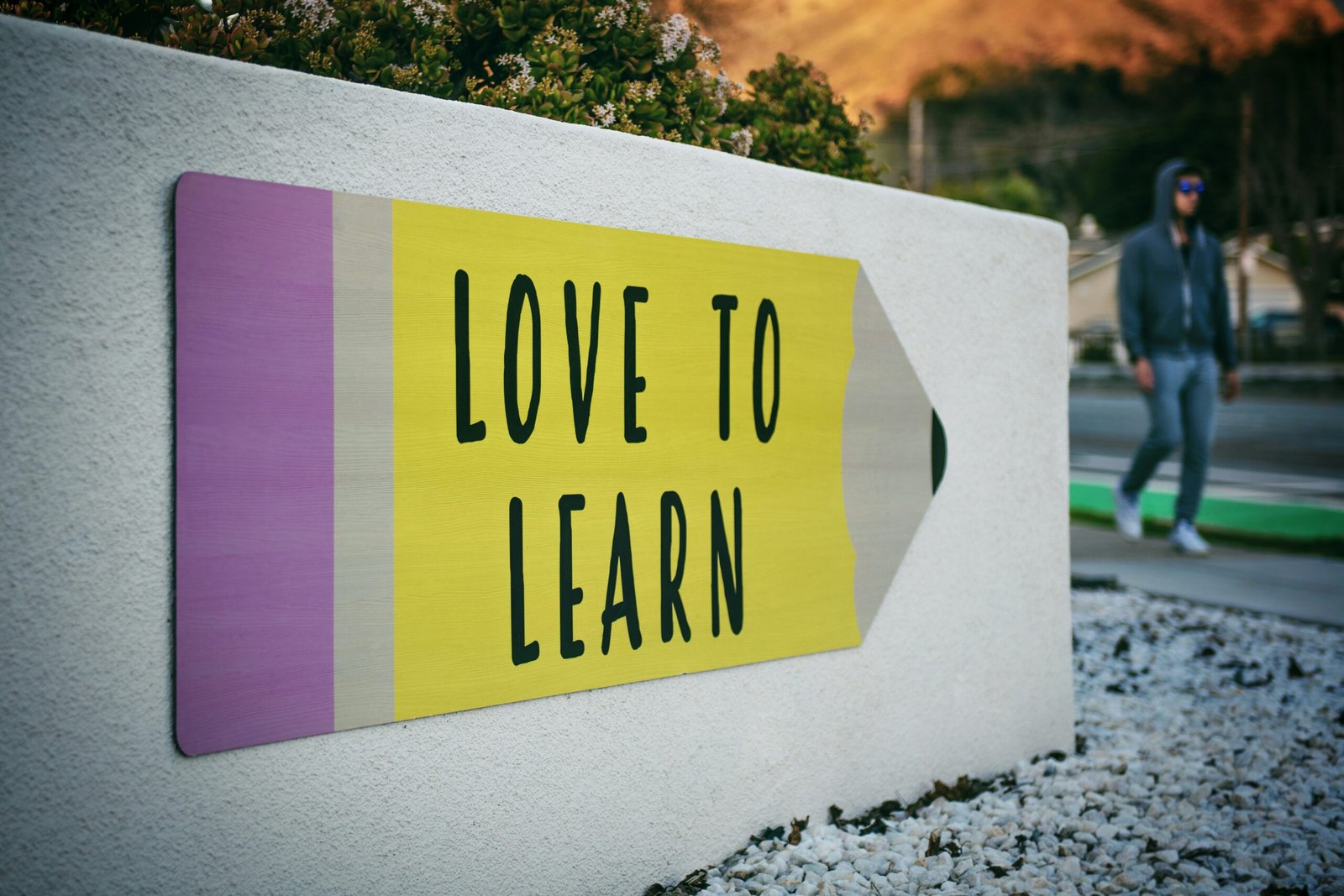The Impact of Technology on Modern Education
Technology has significantly reshaped the educational landscape, introducing a range of digital tools and platforms that have revolutionized traditional learning methods. Remote learning, a concept previously limited to geographical constraints, has now become a prevalent mode of education. Digital platforms such as Zoom, Google Classroom, and Microsoft Teams facilitate seamless communication and interaction between educators and students, ensuring that learning continues regardless of physical location.
One of the notable advantages of technology in education is the shift towards personalized learning. Adaptive learning systems utilize algorithms to customize educational content based on individual student needs, learning speeds, and preferences. This approach not only enhances engagement but also fosters a deeper understanding of the material, catering to diverse learning styles more effectively than traditional one-size-fits-all methods.
Moreover, technology has democratized access to information. Online resources like Khan Academy, Coursera, and edX offer extensive courses across various disciplines, often free of charge. These platforms empower students globally, regardless of their socio-economic background, to acquire new skills and knowledge.
However, the integration of technology in education is not without challenges. The digital divide remains a significant concern, as not all students have access to the necessary devices and robust internet connections required for online learning. Consequently, this disparity can exacerbate existing inequalities in educational opportunities. Additionally, there is an increased need for digital literacy among both students and educators to maximize the benefits of these technological advancements.
Successful implementations of technology in educational settings are manifold. For instance, flipped classrooms, where students engage with lecture materials online and use classroom time for interactive discussions and problem-solving, have shown promising results. Similarly, schools utilizing VR (Virtual Reality) and AR (Augmented Reality) for immersive learning experiences have reported enhanced student engagement and comprehension.
Looking ahead, the continuous evolution of technology presents both opportunities and challenges for educators and students. While it holds the promise of more inclusive and effective education, it also necessitates ongoing efforts to address issues related to digital accessibility and literacy. As we navigate these intersections, it is imperative to strike a balance that harnesses the benefits of technology while mitigating its drawbacks.
Bridging the Gap: Integrating Skill Development in Education
The contemporary job market is evolving at a rapid pace, necessitating a reevaluation of traditional academic education to include practical skill development. Historically, education has predominantly focused on theoretical knowledge, a model which no longer sufficiently addresses the multifaceted demands of today’s industries. Employers are now seeking candidates who possess not only cognitive competencies but also practical skills that can be immediately applied in real-world contexts.
One approach to bridging this gap is through the inclusion of vocational training within the curriculum. Vocational education provides students with targeted skills directly relevant to specific trades and professions. These programs often incorporate practical, hands-on experiences that help students transition seamlessly into the workforce. Another effective model is project-based learning (PBL), which emphasizes the application of knowledge through the completion of projects that mirror real-world challenges. This method not only enhances technical expertise but also cultivates critical thinking, problem-solving, and collaborative skills that are essential in modern workplaces.
Apprenticeships also represent a valuable method for integrating skill development into education. By combining classroom instruction with on-the-job training, apprenticeship programs offer students the opportunity to learn from experienced professionals while actively participating in the industry. These programs create a symbiotic relationship between educational institutions and businesses, ensuring that the curriculum remains relevant to industry needs.
Educational institutions are increasingly recognizing the necessity of these integrative approaches. Schools and universities are adapting by forming partnerships with industries, updating curricula, and incorporating technology to support blended learning environments. Digital tools and platforms facilitate resources such as virtual simulations, online courses, and interactive modules, making it easier to combine theoretical and practical learning. Technology also enables personalized learning paths, allowing students to acquire skills at their own pace and according to their individual career aspirations.
In conclusion, the integration of practical skill development within the educational system is crucial to prepare students for the demands of the contemporary job market. By adopting models such as vocational training, project-based learning, and apprenticeships, educational institutions can ensure a workforce that is both knowledgeable and capable. The role of technology in this integration cannot be understated, as it provides the tools necessary for a comprehensive and modern approach to skill development.
The Role of Technology in Skill Acquisition and Lifelong Learning
In the rapidly evolving landscape of education and skill development, technology has emerged as a powerful tool aiding continuous skill acquisition beyond traditional formal education. The flexibility and accessibility provided by online courses, virtual reality training, mobile learning apps, and other e-learning platforms create an environment conducive to lifelong learning. These technological advancements offer the opportunity for individuals to engage in self-paced learning, allowing them to acquire new skills on-demand and adapt to changing career requirements.
Online courses have democratized access to education, breaking geographical barriers and enabling learners from diverse backgrounds to gain expertise in various fields. Platforms like Coursera, Udemy, and Khan Academy provide comprehensive courses on a plethora of subjects, from coding to data analytics, often from world-renowned institutions and industry experts. Virtual reality (VR) training provides immersive experiences, particularly beneficial in fields requiring hands-on practice. For instance, VR can simulate hazardous industrial environments for safety training, thereby minimizing risks associated with real-world learning scenarios.
Mobile learning apps complement these platforms by embedding learning into daily routines. Applications like Duolingo for language learning or LinkedIn Learning for professional development make learning on-the-go possible, fitting seamlessly into the busy lives of adult learners. The integration of artificial intelligence in these apps further personalizes the learning experience, offering tailored recommendations and feedback to enhance the learning process.
Despite the manifold benefits, challenges persist, particularly for adult learners who may face difficulties in adapting to new technologies or in balancing learning with professional and personal commitments. However, technology itself offers solutions through intuitive user interfaces, interactive content, and flexible learning schedules, catering to the needs of diverse learning styles.
Successful case studies exemplify the impact of technology in skill development. For instance, IBM has utilized its digital learning platform to upskill its workforce, ensuring that employees remain adept in emerging technologies. Similarly, a mid-career professional who completed an online data science course can attest to enhanced career prospects and practical skills application in day-to-day tasks.
Overall, the integration of technology in learning processes not only facilitates continuous skill acquisition but also bridges gaps in traditional education systems, fostering an environment of lifelong learning essential for personal and professional growth in the modern world.
Preparing for the Future: Balancing Technology, Education, and Skills
In an era where technological advancements are rapidly reshaping the workforce, effectively balancing technology, education, and skill acquisition is crucial for future readiness. Adaptive learning environments play a pivotal role in this balance. These environments leverage data and analytics to personalize the learning experience, catering to individual student needs and promoting more effective learning outcomes. By continuously adapting the curriculum to match technological trends, educational institutions can ensure that students acquire skills relevant to the future job market.
Equally important is the implementation of forward-thinking policies that support the integration of technology in education. Policymakers must prioritize investments in educational technologies, such as digital learning platforms, AI-driven tutoring systems, and virtual classrooms, which can enhance the quality and accessibility of education. Additionally, policies should focus on training educators to effectively utilize these technologies, ensuring they can guide and support students in navigating the digital landscape.
However, it is essential to address the digital divide to provide equitable access to learning resources. Strategies to bridge this gap include investing in infrastructure to ensure reliable internet access, especially in underserved areas, and providing affordable technological devices to students. Collaboration between government agencies, private sectors, and non-profit organizations can further bolster these efforts, ensuring that no student is left behind in the digital transformation of education.
For individuals and institutions aiming to stay ahead, continuous learning is indispensable. Institutions should foster a culture of lifelong learning, encouraging both students and staff to continuously update their skills in line with technological advancements. This can be achieved through professional development programs, partnerships with tech companies, and access to online courses. By embracing a mindset of adaptability and innovation, educational institutions can equip learners with the resilience and skills necessary to thrive in an ever-evolving digital landscape.


